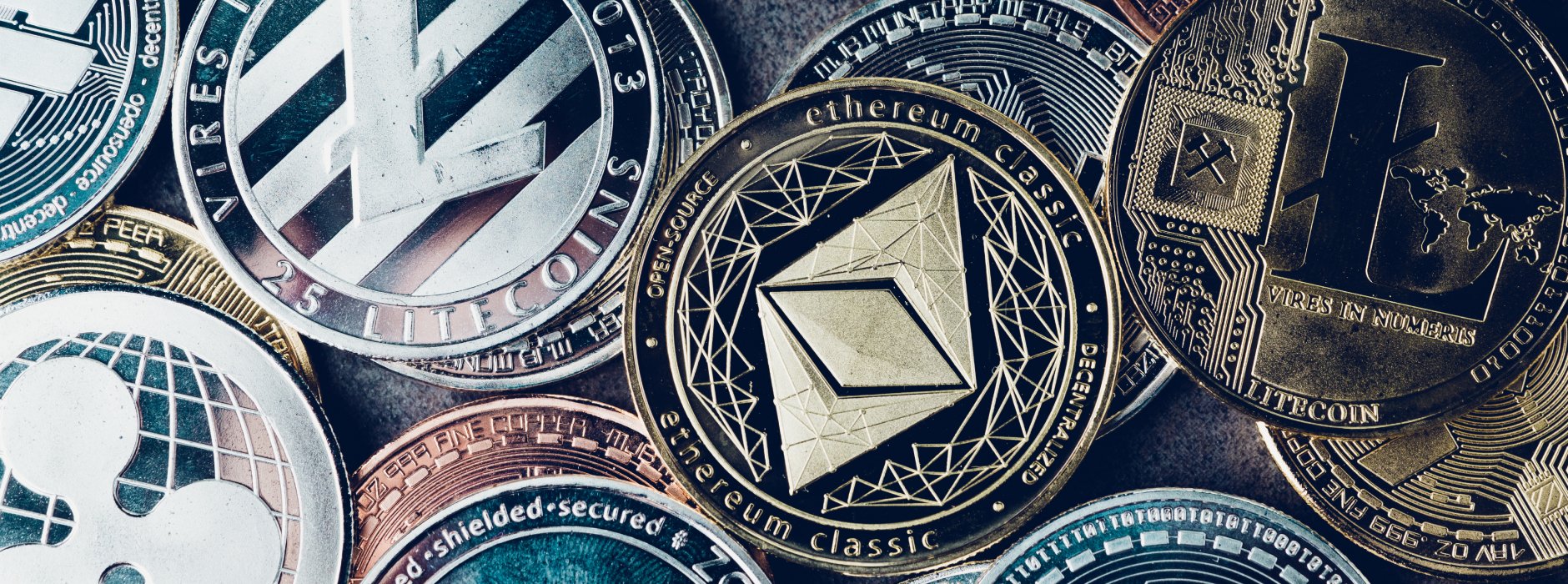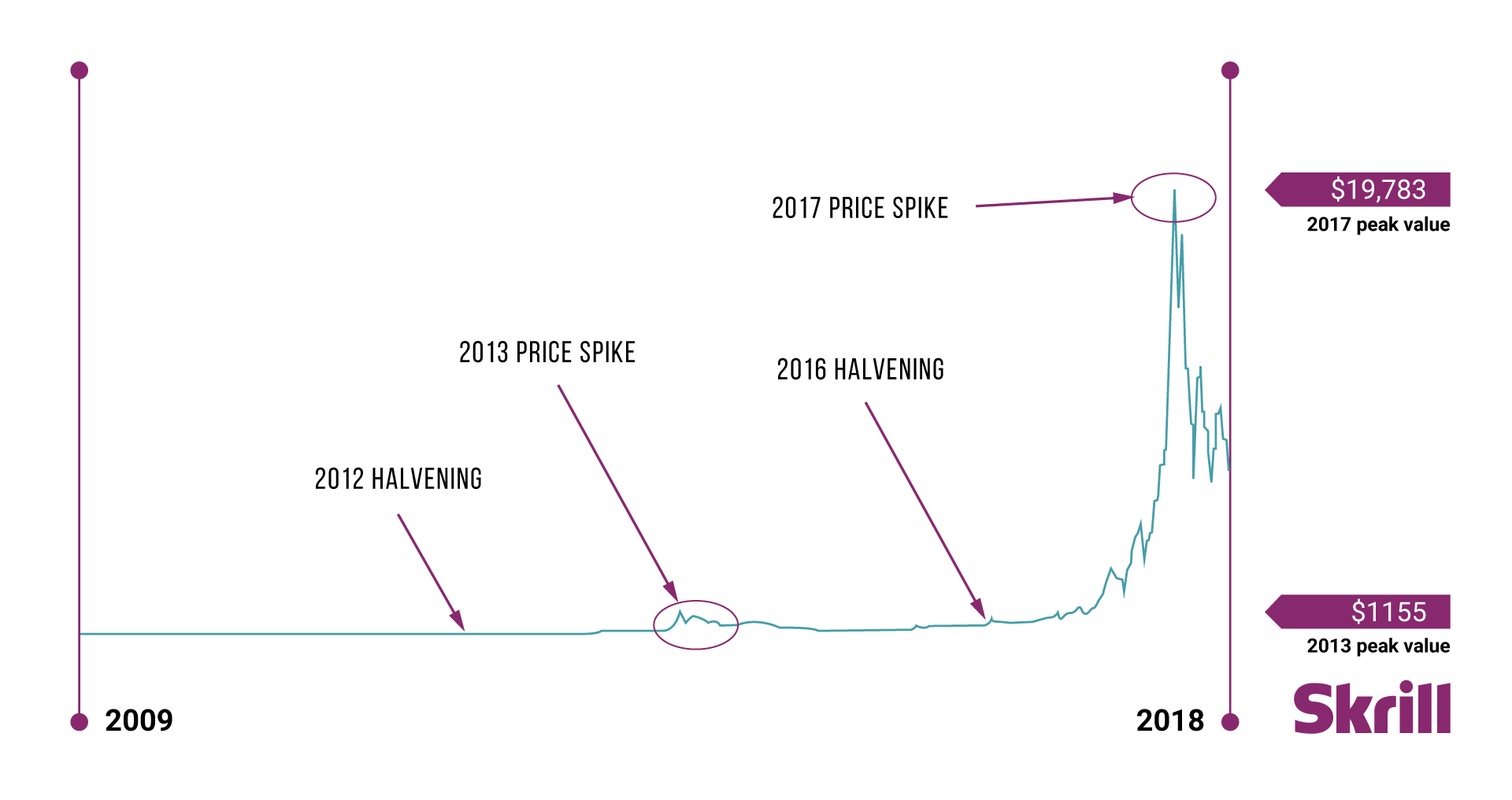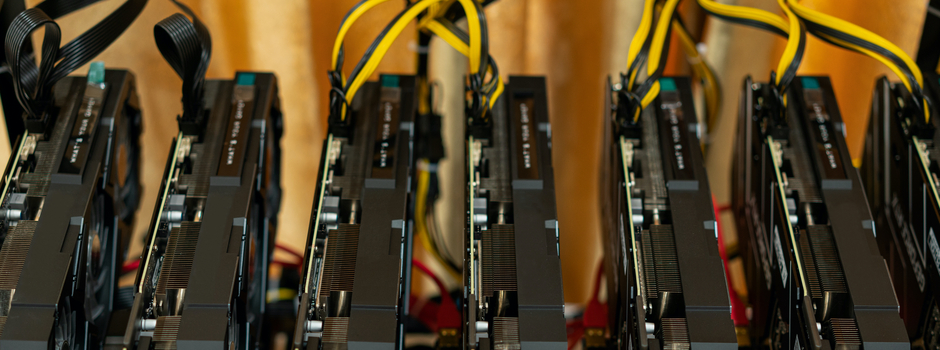Don’t invest unless you’re prepared to lose all the money you invest. This is a high-risk investment and you should not expect to be protected if something goes wrong. Take two minutes to learn more.
This article is not intended to be financial, investment or trading advice. This article is for information and solely for education purposes. It does not protect against any financial loss, risk or fraud.
Written by Jamie Brew
Following February's positive movements in prices and global volumes, the focus in March was to see if the trend could be sustained.
March started with another ‘black swan’ event when three large U.S. banks collapsed, having a knock-on effect on the crypto market. The most notable was the de-pegging of the USDC stablecoin from the dollar, leading to a significant drop in market capitalization in the gambling, yield aggregator, lending, and borrowing sectors. Investors fled to safer assets, causing a rush towards larger assets such as bitcoin and ether.
Zooming out and looking at Q1, how did the market perform? The global cryptocurrency market cap has grown by 50% in the first quarter, reaching €1.185 trillion and a 24-hour trading volume of €48 billion.
There were several market highlights that this article will cover. The first one is the Bitcoin price action, the second is decentralized finance (DeFI) and then I'll end with a comment on non-fungible tokens (NFTs).
Bitcoin price and spot volumes
Following a hectic end to 2022, bitcoin's fortunes turned around during the first quarter of 2023, surging by 70% to outperform all major US indexes and become the top-performing asset class in Q1. This latest quarterly performance has placed bitcoin ahead of big names such as the S&P 500 (5.5%), Nasdaq 100 (19%), and iShares Core U.S. Aggregate Bond ETF (2.2%).
One thing to note is that the price of bitcoin increased month on month, for each month in Q1. The last time this happened was at the beginning of the last bull run, when bitcoin increased in value by about 103% in the first quarter of 2021.
Source: newbtc
In March, the trading volumes for cryptocurrencies on the spot market witnessed a 7% surge, as reported by The Block's index for legitimate volume. The volume for the month amounted to €712.6 billion, marking an increase from February's €665.8 billion. Following the trend of the bitcoin price, the global spot volumes also increased month on month in Q1.
Source: The Block Research
DeFi performance and volumes
Q1 was also very strong for DeFi. The Total Value Locked (TVL) rose by 37.44% from the previous quarter reaching €83.3 billion. The growing popularity of scaling solutions like Arbitrum, Fantom, and Optimism contributing to this growth in TVL.
Source: DappRadar
Looking at the March performance of DeFi, there was a massive uplift in volumes on Ethereum based Decentralized Exchanges. The volume in March was €96.2 billion, which was an uplift of over 96% compared to February. The market is still dominated by Uniswap’s Ethereum DEX that has a share of over 70%.
Zooming out once more, the positive Q1 trend continued in terms of volume. Each month in the quarter saw an uptick, creating an increase of almost 400% when comparing March to December.
Source: Dune Analytics, The Block Research
NFT performance and volumes
In Q1, NFTs experienced a strong performance with a 137.04% increase in trading volume. Total volumes reached €4.7 billion, the highest on record since Q2 2022.
NFT sales accounted for 19.4 million in Q1 2023, representing an increase of 8.56% from the last quarter of 2022.
Source: DappRadar
Ethereum remains the dominant blockchain for NFTs. The trading volume of Ethereum-based NFTs trading increased by an impressive 245.43% in Q1 2023 compared to the previous quarter to reach €4.1 billion.
The most popular NFT collection on Ethereum was CryptoPunks, which recorded a trading volume of €241 million, marking a staggering increase of 1,214% from the previous month. Yuga Labs emerged as the leading contributor to Ethereum's NFT volume in March 2023, accounting for 38.61% of the volume on Ethereum and 34.55% of the total NFT industry.
Source: DappRadar
The NFT marketplace volume decreased in March by 26.3% compared to February, moving against the overall market trend that was seen in Q1.
Source: CryptoArt, Dune Analytics, The Block Research
The NFT market is undergoing rapid changes, with new players and shifting dynamics emerging. In Q1 2023, Blur emerged as the leading player in the NFT market, exhibiting a remarkable increase in both trading volume and market dominance.
The platform registered a trading volume of €2.7 billion, marking a massive surge of 783.89% from Q4 2022, and commanded a market dominance of 57.44%.
Despite a 6.56% drop in trading volume to €1.2 billion in March, Blur retained a market dominance of 70.5%, continuing to hold a strong grip over the market.
Source: The Block Research
Market Sentiment
Another indicator of market health is the Fear & Greed Index and how it developed in March.
At the beginning of March, the score was 50 – which is Neutral. What does that mean? Well, if the score was 0, that would indicate “Extreme Fear” meaning that the general sentiment is extremely low and investors are worried about the market situation. If the score was 100, that would indicate “Extreme Greed”, meaning that investors are becoming too greedy and the market could be due for a correction. Usually in a “Bear Market” or “Crypto Winter” the sentiment is “Extreme Fear” and in a “Bull market” the sentiment is often “Extreme Greed”.
By the end of March, the market sentiment score was 63: “Greedy”. This followed a dip in sentiment at the beginning of March due to the news of the three U.S. banks that collapsed (but soon recovered).
For reference, the score at the start of January was 26, which is “Fear”. Hence we've seen signs of market recovery since the turn of the year.
Crypto news recap
Coinbase
Coinbase officially unveiled its Ethereum Layer 2 network, Base. Base is a blockchain Layer 2 network that utilizes the open-source OP Stack, created by Optimism, a Layer 2 network for Ethereum. The primary objective of Base is to provide a secure, affordable, and user-friendly way for developers to create decentralized apps (DApps) on-chain.
Furthermore, projects built on Base can leverage the benefits of Coinbase's existing ecosystem, such as several product integrations, easy fiat onramps, 110M+ verified users, and €80 billion worth of assets on the exchange.
Base has also released a map of DApps currently working with it. The list includes a diverse range of DApps, from DeFi applications like Aave and SushiSwap to NFT marketplaces like Magic Eden and web3 games like Parallel.
Coinbase also announced their new offering: Wallet as a Service (WaaS). Coinbase's Wallet as a Service (WaaS) provides a solution enables companies to offer their users secure, easy, and reliable access to web3 wallets.
Silvergate Capital
What happened next shook the industry momentarily and caused both volumes and prices to drop. This was of course the developments in the U.S. banking industry.
Silvergate Capital, a central lender to the crypto industry, said that it would be winding down operations and liquidating its bank. Silicon Valley Bank, a major lender to startups and VCs, collapsed after depositors withdrew more than €42 billion following the bank’s statement that it needed to raise €2.25 billion to shore up its balance sheet. Signature, which also had a strong crypto focus but was much larger than Silvergate, was also seized by banking regulators citing systemic risk.
Cryptocurrency prices rallied after the federal government stepped in to provide a backstop for depositors in two of the banks, but the events sparked instability in the stablecoin market.
Circle, the issuer of the USDC stablecoin, held reserves with Silicon Valley Bank (SVB), which went insolvent. About USD 3.3 billion of the roughly USD 40 billion stockpile was held by SVB, and Circle was unable to withdraw it "on time." Although Circle's maximum exposure to SVB is estimated to be around €198 million, a small percentage of the total funds backing USDC, the stablecoin fell from its intended USD 1:1 peg, trading as low as 81.5 cents. As the selloff in USDC worsened, several cryptocurrency exchanges paused the conversion of USDC into US dollars over the weekend, resuming on Monday when banks opened. Soon after the banks had reopened, USDC regained its U.S. dollar peg.
Arbitrum
To wrap up the news headlines, Arbitrum completed the airdrop of its token ARB. As part of the airdrop, early users of Arbitrum received a reward of 1.16 billion tokens. Like other Layer-2 blockchains on Ethereum, Arbitrum aims to reduce transaction times and fees while maintaining the same level of security as Ethereum.
The 1.16 billion tokens account for 11.6% of the total supply of tokens that will ever be issued. At the time of writing, Arbitrum has a market cap of €1.495 billion, making it the #40 ranked project on CoinMarketCap by market capitalization.
The airdrop was offered as a reward for early usage of the Arbitrum blockchain, and ARB will also serve as a governance token for the DAO that controls Arbitrum One and Nova Networks.
Try crypto with Skrill today
- Buy and sell over 40 different cryptocurrencies
- Set conditional orders to automate your trades
- Earn points and be rewarded with Skrill's loyalty programme, Knect
Cryptocurrencies are unregulated in the UK. Capital Gains Tax or other taxes may apply. The value of investments is variable and can go down as well as up.





